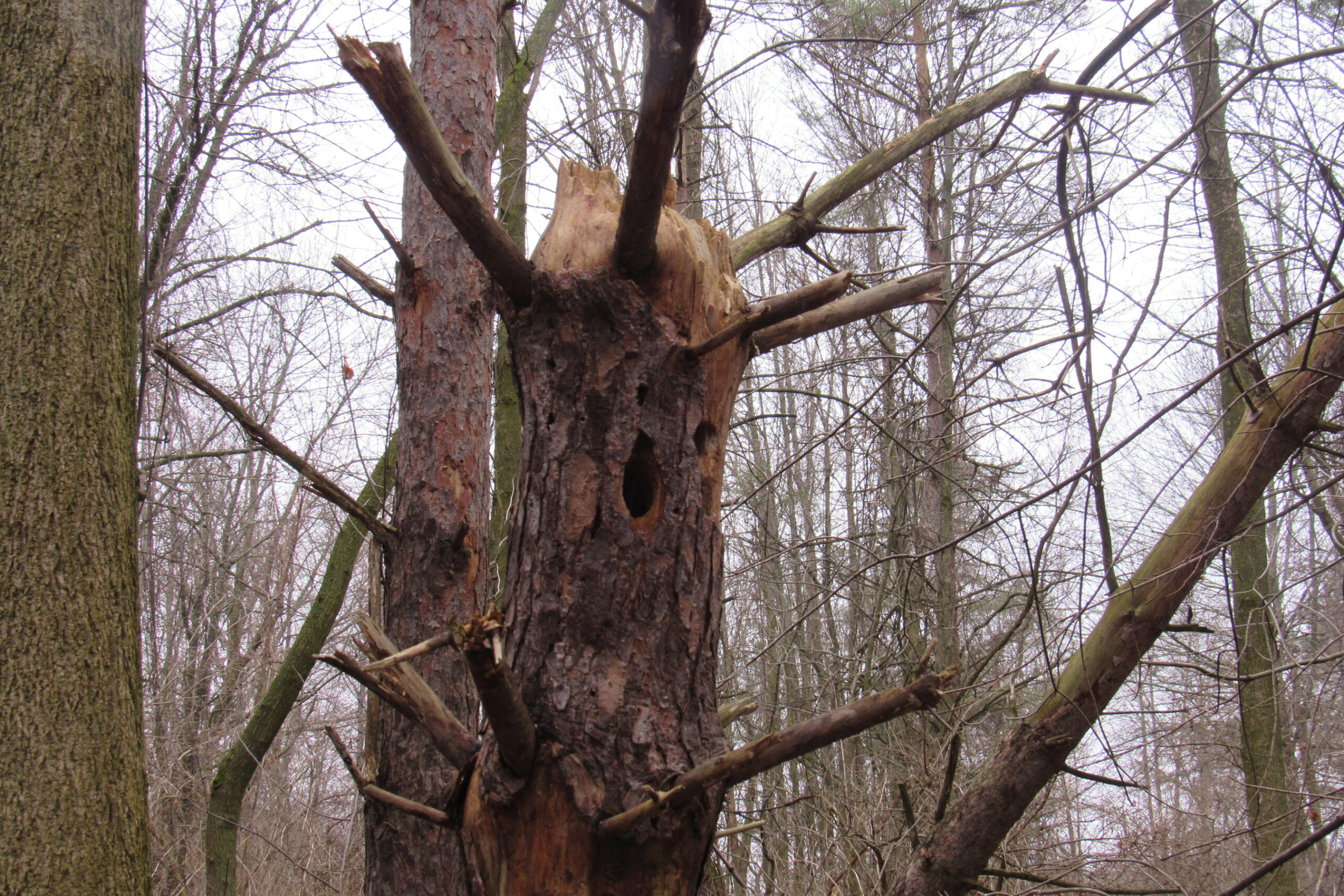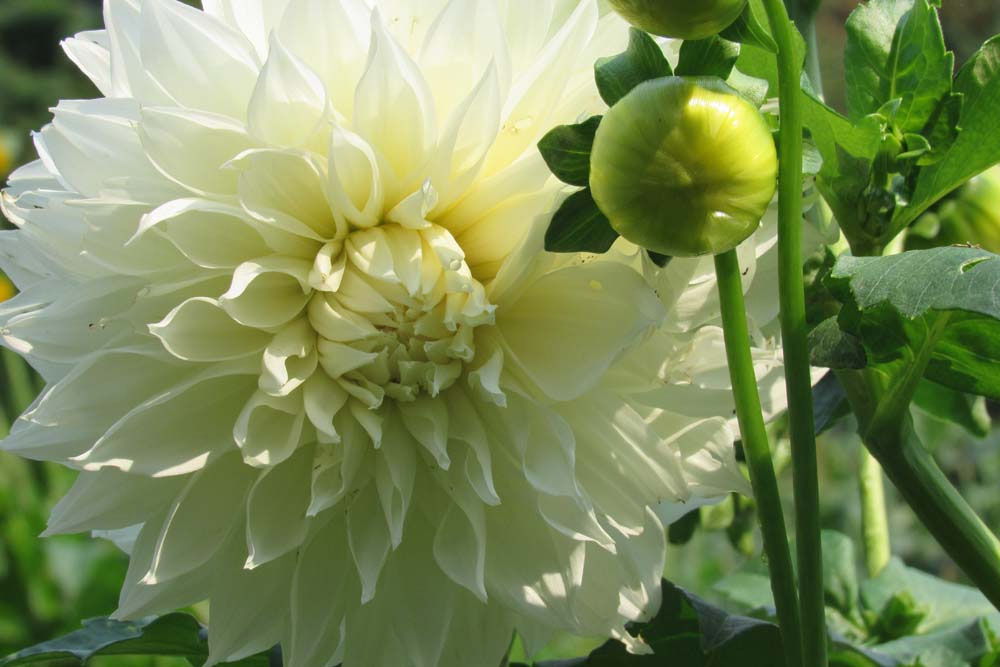Reasons to keep those dead and dying trees in your landscape

In one of their recent newsletters, the New York State Department of Environmental Conservation argued that some of the most important trees in a woodlot are ones that are no longer alive. The DEC explained that dead or dying trees, called snags, help keep woodlands healthy by providing habitat for wildlife. Birds and mammals need snags for foraging, nesting, roosting, perching, and for dens. Woodpeckers, nuthatches, and chickadees nest in dead trees, and bats roost in their cavities and crevices. Snags also provide insects, fungi, and lichens that many species rely on for food. Additionally, the DEC says that snags provide structural complexity, provide visual interest, store carbon, and will enrich soil in the future.
Even in your home landscape, snags and fallen trees can be beneficial and add interest to your plantings. As long as the tree is not in a hazardous location – such as near a road or building – there are no local zoning ordinances regarding leaving dead or dying trees on your property. If the tree is not infected with disease or a fungus, you might want to consider the possibilities that dead trees offer.
Washington State University Master Gardener Kathy Wolfe writes that using dead or dying trees in your landscape can enhance important biomass as well as attract beneficial wildlife. Even fallen logs make a good ground cover for many varieties of birds, and organic matter from rotting trees encourages mushroom growth, which can feed turtles, birds, squirrels, and deer.
If you have trees with weak wood, are shading an area where you want sun, or have roots that are invading pipes or septic systems, you can consider turning them into a snag.
If you would like to try incorporating a dead tree into your yard, an arborist can be helpful in the process of creating a snag in your landscape. Wolfe advises retaining other trees and shrubs near the snag to protect it from wind and provide additional habitat for birds and wildlife. Try to retain as much of the tree as possible. A high stump can support a lot of wildlife compared to one cut to ground level, Wolfe explains. Get creative with your design; arborists can cut a jagged top to your snag to give it a natural look or add slits or a cavity.
Logs can be used to make nooks and crannies for plants in a natural woodland garden. Hollow stumps can be used as planters; nurse logs can foster the growth of ferns and mosses. Limbs pruned from large trees can be used to line paths, curtail erosion, or border planting areas.
If incorporating dead and dying trees into your landscape is not possible or doesn’t appeal to your aesthetic, wood and bark from dead trees can be chipped up and used for mulch, as long as the tree is not diseased.
Dead trees are a common part of the landscape, and they have an important role to play in nature. Retaining at least a portion of dead or dying trees can add interest and healthy diversity to your yard. Speaking of dead trees, if you still have your live Christmas tree, remember it can be staked in your yard northwest of your bird feeders to provide a windbreak and cover for birds. Branches can be cut and used as an excellent mulch for perennial beds, too. Happy New Year!




